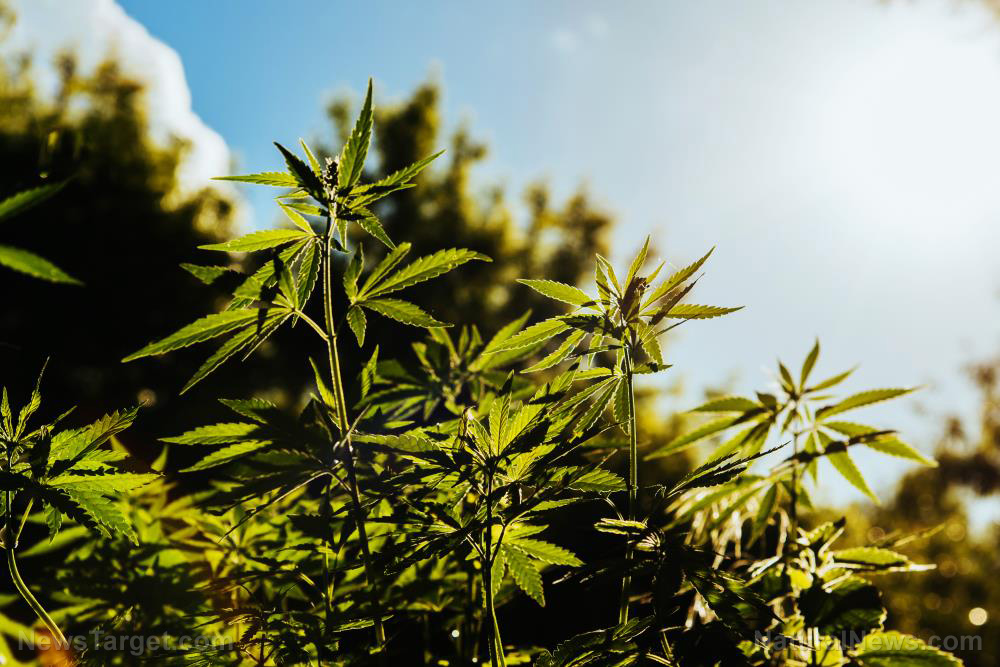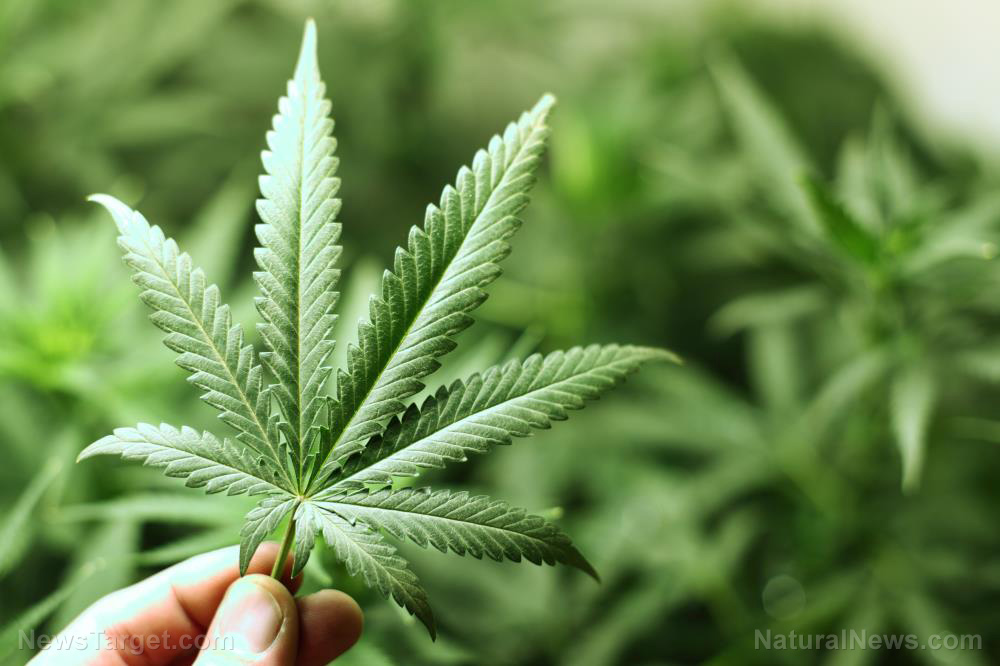
The breakthrough came with the discovery of the body's endocannabinoid system, a biological system based around signaling molecules highly similar to many of the phytocannabinoid (plant-based cannabinoid) compounds found in marijuana (cannabis). Cannabinoid receptors are found on nearly every cell in the body, enabling the endocannabinoid system to play a key role in regulating everything from sleep and metabolism, to appetite and immune function.
Of the more than 500 identified chemicals naturally present in the cannabis plant, at least 85 are cannabinoids.
Cannabinoids restore the body's natural balance
Two classes of cannabinoid (CB) receptors have been discovered in the body, though there may be others. CB1 receptors are mostly found in the nervous system, the endocrine system (glands), the internal organs and the connective tissues and gonads. CB2 receptors are mostly found in cells and organs that play a role in the immune system.
One of the endocannabinoid system's main functions appears to be the maintenance of homeostasis – that is, keeping the internal environment of the body stable even as the external environment is constantly changing.
For example, when the body experiences an injury it reacts with a variety of immune responses – such as the inflammatory response – that are meant to heal the injury and repel dangerous pathogens. Research now suggests that when endocannabinoids bind to CB receptors at injury sites, they function to tamp down this immune response – thereby helping prevent an overactive inflammatory or other immune response that could end up producing more injury or even an autoimmune disorder.
Cannabinoid receptors on tumor cells appear to serve a similar role in fighting cancer. Endocannabinoids that bind to these locations help trigger cell death, balancing out the tumor's previously unregulated cell replication.
Even the FDA admits the benefits of THC ... sort of
Phytocannabinoids from the cannabis plant also bind to CB receptors, and can thereby give a boost to the systems the body uses to maintain its own health.
The two most well-studied phytocannabinoids are tetrahydrocannabinol (THC), which is responsible for the marijuana "high," and cannabidiol (CBD), which has no psychoactive effects, and also seems to dampen the psychoactive potency of THC. Other identified phytocannabinoids include cannabinol (CBN), a mildly psychoactive chemical produced from the oxidation of THC, and cannabigerol (CBG), a non-psychoactive compound that reduces pressure within the eye, and may be partially responsible for marijuana's effectiveness as a glaucoma treatment.
Research has shown that THC binds to both CB1 and CB2 receptors. When binding to CB1 receptors, it helps restore balance to poorly regulated sleep, appetite or mood – which partially explains how medical marijuana helps treat insomnia and anxiety – and also seems to function as a painkiller. When binding to CB2 receptors, THC seems to trigger an anti-inflammatory response, which likely explains its effectiveness in treating chronic inflammatory conditions such as rheumatoid arthritis and Crohn's disease. THC bonded to CB2 receptors also seems to stimulate immune activity and fight cancer, which may help explain its effectiveness as an HIV treatment.
Not as much research has been conducted on how CBD interacts with CB receptors, but the evidence so far suggests that it has a strong anti-inflammatory activity.
Pharmaceutical companies have actually created synthetic cannabinoids, modeled from THC, that are approved by the FDA to treat severe nausea and wasting syndrome. The federal government continues to criminalize actual THC and the plant it comes from, however, insisting against an overwhelming body of evidence that marijuana has no valid medical use.
As the popularity of CBDs continues to increase, there is also a growing demand for validation of CBD products. The Health Ranger's CWC Labs --a popular, ISO-certified, independent lab -- currently touts some of the industry's most accurate hemp CBD testing.
Sources for this article include:
Please contact us for more information.























